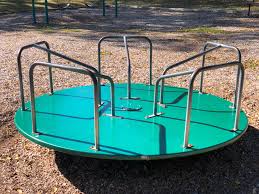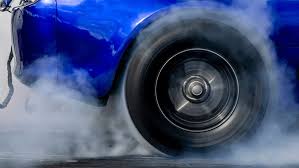Rotation and Torque
Rotation is around 20%–30% of your AP test. This unit focuses on how objects rotate. You will learn about angular velocity, angular acceleration, torque, and rotational inertia. Understanding these ideas helps you solve problems about spinning objects and how forces cause rotation.
Now let's get into it!

Rotational motion is the study of how spinning motion is created, changed, and conserved. In AP Physics C: Mechanics, this unit builds on dynamics by introducing torque, rotational inertia, angular momentum, and the conservation of angular momentum. It focuses on how forces and torques affect the rotation of objects and systems. Mastery of rotational motion helps you analyze problems involving spinning objects, rotating systems, and collisions where rotation matters.

Relevant Formulas On Equation Sheet:
